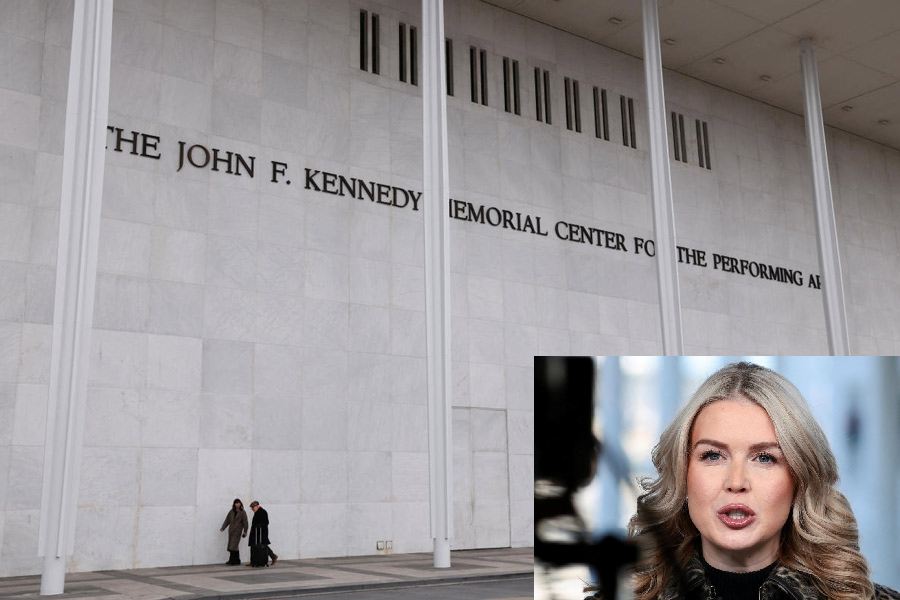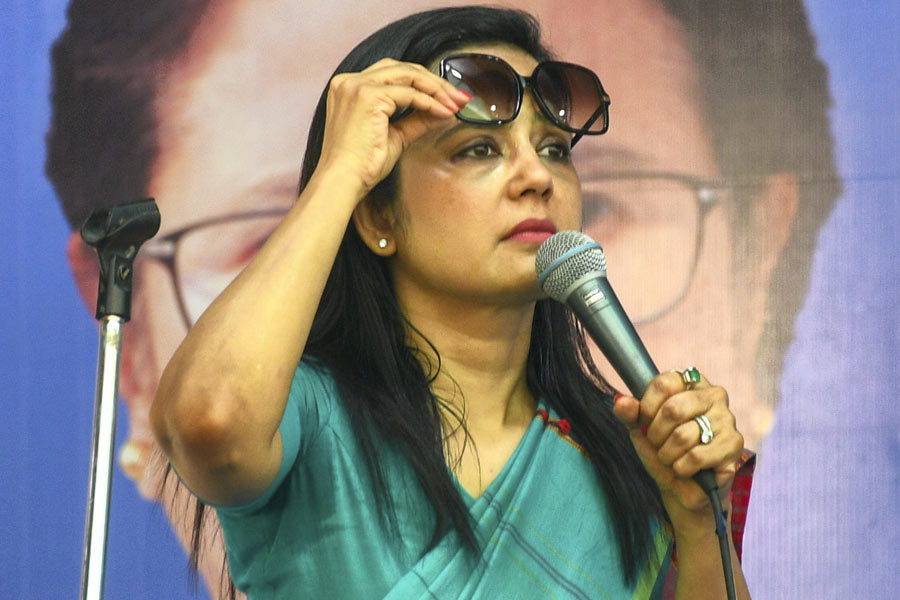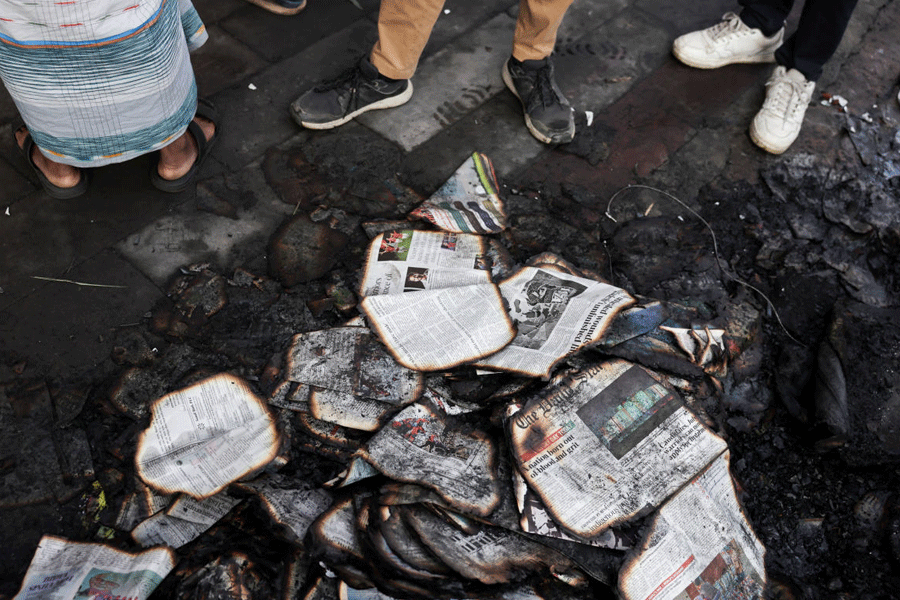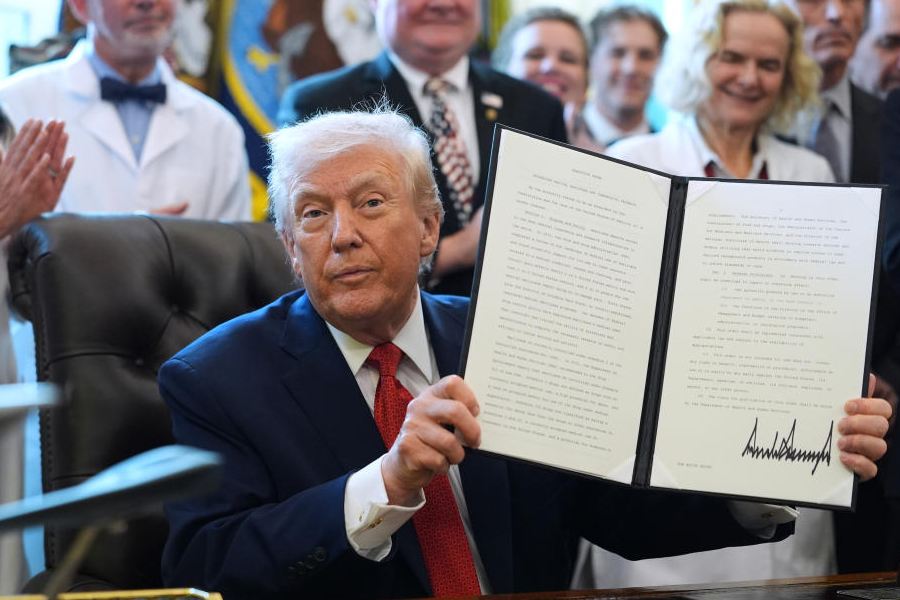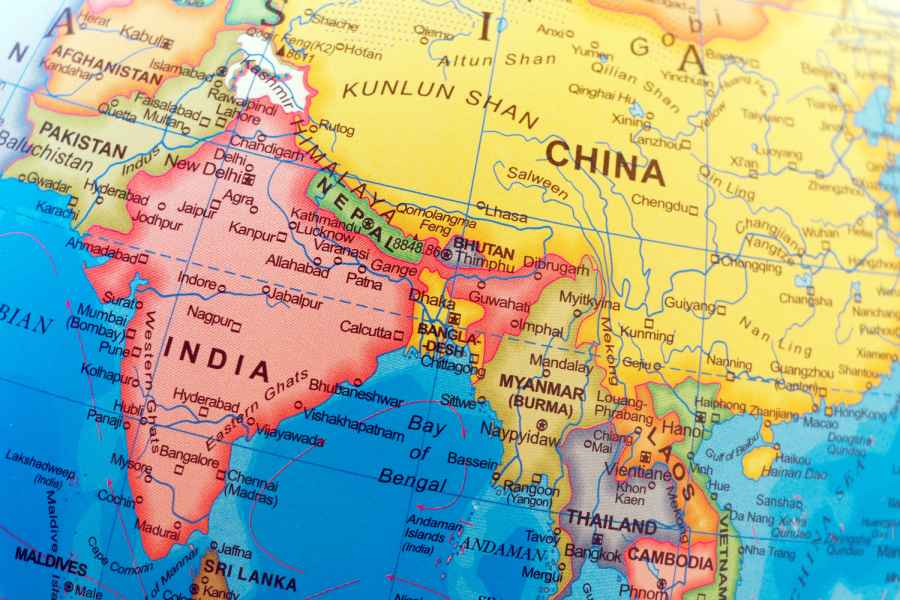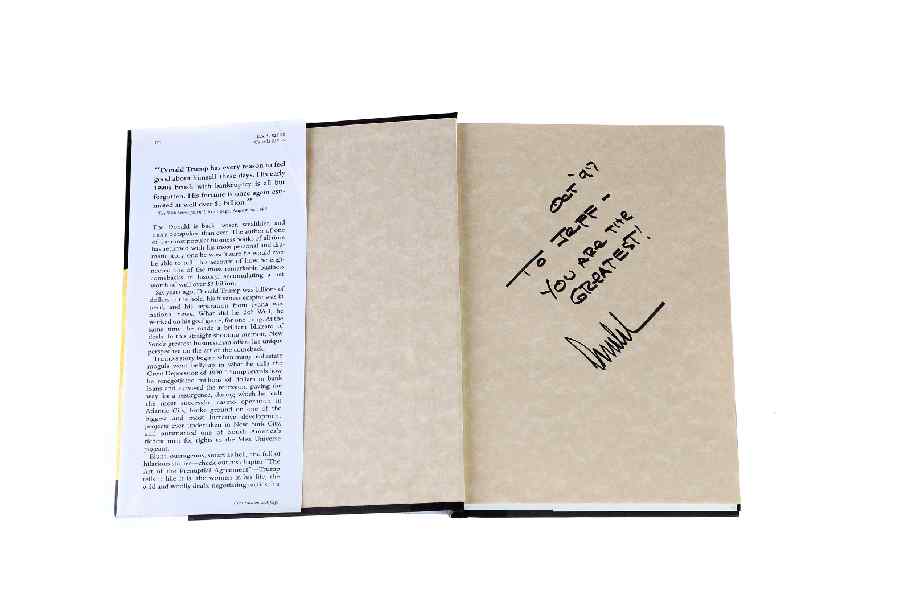 |
| With Amrut Fusion, Neelakanta Rao Jagdale has stormed the elite world of single malt. Pic by Rakesh Ravindran |
It’s been judged the third best whisky in the world — and it’s made in India. Yes, that’s right. Now, all the Highland Park and The Macallan snobs may choke on their single malts as they read this. But the fact is that the elite world of whisky connoisseurs has been quietly raising a toast to Amrut Fusion Single Malt ever since whisky guru Jim Murray ranked this distilled-and-matured-in-Bangalore whisky at number three in his highly respected Whisky Bible 2010.
Indeed, the accolades haven’t stopped pouring in for the low-profile Amrut Distilleries’ Neelakanta Rao Jagdale and his son Rakshit. “We’re very proud to be ranked number three and that too in malts, which is the most elite of alcoholic beverages,” says Neelakanta Rao, managing director, Amrut Distilleries.
Adds executive director Rakshit: “It’s heartening to know that people are recognising Amrut’s quality even though they don’t expect it to have come from India.”
The Jagdales have, actually, been serving premium malts to the world since 2004, when they launched Amrut Indian Single Malt in Scotland. Over the last five years, they’ve improved quality, expanded their portfolio and quietly picked up international awards.
Now, with Amrut Fusion, launched last year and priced at £34 in the UK (that’s about the same price as a Macallan 12), they’ve got a big winner. It’s available in over 20 countries from Great Britain to France to Canada. Now Amrut Fusion has just been launched in Bangalore, where it will cost Rs 2,000. By end-March, it will hit shop-shelves in the US and later, Japan too.
So what’s so special about Amrut Fusion? It’s a unique 75:25 mix of Indian barley from Punjab and Rajasthan and peated Scottish barley. Both barleys are distilled and matured separately in Bangalore for around four years before being married in bourbon casks. The result is a combination of oak, smoke, dark fruit, and high-cocoa dark chocolate.
Murray, who gave the malt a “very very hard time” before awarding a score of 97, says: “Amrut Fusion has a lot of attitude. It has an extraordinary number of layers and textures. It’s absolutely fascinating because every time you taste it, it does something different on the palate.”
 |
| Rakshit Jagdale used his MBA dissertation to test the international market for Amrut Indian Single Malt. Pic by Gajanan Dudhalkar; Location Courtesy: Wink, The Taj President, Mumbai |
The Whisky Bible award, announced in October, has “given an impetus to the brand”, agrees Rakshit. And UK-based whisky specialist Sukhinder Singh, who owns The Whisky Exchange outlet, says it has also “brought it to the attention of the general public”.
Already, customers are thirsting for it. Ashok Chokalingam, who heads Amrut’s international operations and has engineered its global breakthrough, says he’s sold out Amrut Fusion’s next UK consignment even before it makes a scheduled landing in April.
Last week, he released the limited edition, Amrut Double Cask, bottled from Amrut single malt’s oldest casks. Only 51 cases or 306 bottles, priced at £70 each, are available — and they’re almost sold out.
The Whisky Exchange’s Singh too says: “The demand for Fusion is crazy.” Its pricing has helped too, he feels. “Usually, you assume the second or third-best whisky will cost hundreds of pounds. But the beauty is that this is a normal-priced whisky, which really shocked a lot of people,” he says.
So how did the Jagdales muster up the spirit to take on the elite world of single malts? After all, as Murray who has been visiting Indian distilleries for 13 years and who inspected Amrut’s distillery recently, says: “They were terribly brave. There wasn’t much malt being made in India. And here was a company that had the confidence to say we’ll have a go at it.”
For Neelakanta Rao, the issue was simple. He knew it was pointless launching in India and that he would have to go global if he wanted credibility. He says: “I think if I’d launched it in India and said this is an Indian malt and it stands in line with any Scottish malt, nobody would have believed it. Today, if the entire world says it’s a great whisky, they’ll believe them though they’ll still find it hard to believe me.”
 |
 |
| Whisky guru Jim Murray (top), who held a whisky tasting session in Bangalore recently, is all praises for Amrut Fusion. Courtesy: Amrut Distilleries (bottom) Murray’s Whisky Bible 2010. Courtesy: Jim Murray |
The Jagdales’ tryst with single malt lovers began in 2001-02 although the seeds were sown earlier. The company, which was founded in 1948 and whose biggest brands are Old Port rum and Silver Cup brandy, began distilling malt in the mid-1980s. (It had successfully distilled grape brandy through the 1970s.)
At that time, Neelakanta Rao wanted malt to create a premium whisky blend for the domestic market. So from 1985 to 2000, Amrut mastered the art of distillation and maturation. By the late 1990s, it was producing enough malt whisky — it sources malt from Punjab and Rajasthan — at its 250,000-litre distillery. A bulk of this was aged for a year. “But we allowed some barrels to age longer to see if they got better,” says Jagdale.
By 2000, it had whiskies ageing from three to four years. Now, alcohol matures faster in India than in the West because of the heat. Also, unlike Scotland, where a barrel loses two per cent alcohol a year due to evaporation, in India, the loss is nearly 11 per cent.
“In three years, you’d lose about a third of the barrel although on the positive side, we were seeing far better profiles on taste, almost matching 12-year-old scotch whiskies,” says Neel-akanta Rao.
This gave them the confidence to go global. “We thought there’s an inherent opportunity to look at the world market though we had no knowledge of how to go about it then,” says Neelakanta Rao.
That’s where Rakshit, who was doing an MBA at the University of Newcastle upon Tyne in 2001, stepped in. For he turned his dissertation project into a feasibility study for launching Amrut Indian Single Malt in UK.
He did samplings in over 100 restaurants and whisky bars in Glasgow and Edinburgh and Northern England. “The emphasis then was on Indian food since it was big in UK. And as Indian beer was already popular, we thought we’d see if there was a niche for Indian whisky too,” says Rakshit.
Consumers gave him the thumbs up, typically mistaking Amrut for 12-year-old Scottish Speyside malt. The turning point was a blind tasting by Ken Storrie at his famed bar, The Pot Still, in Glasgow.
“Ken slipped in a dram of Amrut and asked his customers to identify its age and region. They said it must be 12- or 15-year-old Scottish malt. When he told them it was from India, their jaws fell. That’s when we knew we had a product that could win international acclaim,” says Rakshit
So in August 2004, the Jagdales launched Amrut Indian Single Malt in Glasgow. But it wasn’t easy to break into the market. For one, says Chokalingam: “Nobody had heard of India’s ability to make single malt”.
Targeting Indian restaurants too proved to be a mistake. “Single malt is very connoisseur-oriented,” says Chokalingam.
At one point, Neelakanta Rao even contemplated pulling the plug. “The first three years were disappointing. I remember sitting near Mahatma Gandhi’s statue in Tavistock Square, London, wondering if we should continue. But I felt that we may be a little less rich if we fail, but if we succeed, we could show that as Indians, we exist in the world of whiskies,” he says.
The company changed tack to focus on specialist whisky retailers and bars, pushing the brand through tastings and whisky exhibitions. It also added variants like the smoky Amrut Peated Indian Single Malt, which resembles an Islay malt, followed by cask strength versions (they have a higher alcoholic content), which started picking up awards.
 |
| The Jagdales have mastered the art of pot still distillation at their distillery near Bangalore. Courtesy: Amrut Distilleries |
By 2008, things began turning around as volumes rose 60 per cent. For Chokalingam, a key moment was when Gordon & MacPhail, the 115-year-old Scottish whisky specialist, became its exclusive distributor in the UK. “You don’t get better recognition than for a company of that calibre to distribute your product,” he says.
Of course, Amrut also entered the whisky market when it had become receptive to New World whiskies, especially from Japan. Says the Whisky Exchange’s Singh: “Their timing was perfect. Because Amrut launched after the evolution of international whiskies, when people saw a whisky from India, they were willing to try it.”
Amrut’s success rests on its quality – and the Jagdales know this. “Getting there is one thing, but staying there is going to be a tough task,” admits Neelakanta Rao.
Murray though is impressed by the “enormous amount of care” Amrut takes to produce its whisky. “They’re not only making good spirit but they’ve cottoned on to the fact that you have to work very hard at managing the wood [or maturation]. And what impressed me is they’re so amazingly keen to learn and put right any fault. They’re abso-lutely hell-bent on making the whisky as truly good as it can be,” he says.
To be sure, the Amrut single malts barely account for 5 per cent of Amrut Distilleries’ Rs 150-crore turnover. And Neelakanta Rao only expects to break even on his investments this year.
The company expects to sell around 5,000 cases of Amrut malts in 2009-10 against 3,500 cases in 2008-09. But while the orders are pouring in, the Jagdales are determined to maintain quality and are ruling out distillery expansions.
“I can sell a maximum of 10,000 cases for the next two years together, that’s all I have. I’ve got whiskies laid down but they won’t come of age before that. So you have to wait,” says Neelakanta Rao. “We want our growth to be more organic,” adds Rakshit. And yes, they’ll take a shot at the number one spot next.


